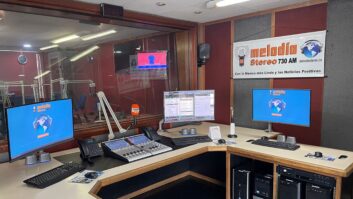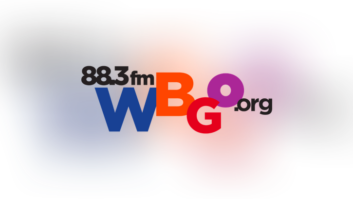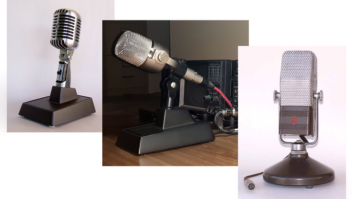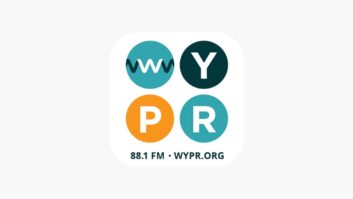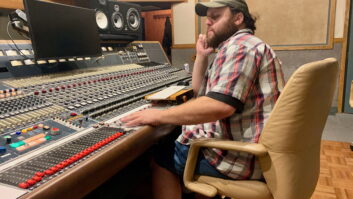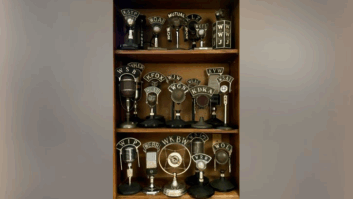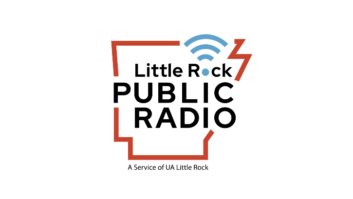(click thumbnail)Bit by bit, literally and figuratively, the audio community is bidding adieu to analog recording — or at least placing it in an enclosed area, to be visited only when a saturated sound is desired.
Among the many benefits digital technology has to offer is the tiny size requirements necessary to record and store pristine audio. Zaxcom, innovators in the audio field recording industry for the last decade or so, recently released the ZFR800 handheld digital recording microphone. It looks like a simple, wire-free microphone, but don’t be fooled.
In fact, the lightweight aluminum ZFR800 is both a microphone and recording device, like something you might have seen on “Get Smart,” or another spy farce from the 1960s. It records eight hours of uncompressed audio at 48 kHz/24 bits in .ZAX file format to a removable 2 GB MiniSD (SanDisk or Transcend) card. Audio is transferred via the MiniSD cards only. There is no main connector. Frequency response is 16 kHz.
Zaxcom’s Web site calls the recorder “a system optimized for use in radio interviews, broadcast journalism, podcasting and any voice-recording application that requires mobility and superior sound quality.
The company smartly has chosen to avoid entering the mic head market; the user chooses a Shure head or one that is compatible with Shure, and screws it to the body of the device.
The ZFR800 is efficient. Zaxcom says a single lithium battery will power it for up to 10 hours, and I was able to put a ZFR800 through the paces over several days without having to grab a second one. Of course, out in the field, where failure is unacceptable, you’re likely to be cautious and replace batteries frequently.
Inside, outside
To turn on the unit, slide open the battery enclosure and flip a (very!) small switch. Once engaged you can begin to familiarize yourself with the four buttons and LED screen that characterize the ZFR800 as a recorder.
On the left is the Record button. Engaging it instantly puts the unit into record mode. As a safety, the device emits a single beep tone through the headphone monitor jack located on the bottom of the ZFR800. Two beeps indicate that you’ve stopped recording; however, the display keeps a running display of the internally generated time code data so this is hardly mandatory. You also can drop markers into your audio file during recording by holding the Record button for a second or so.
Keep in mind that in a typical situation — your reporter arrives on the scene of a breaking fire, for example — the talent is the person who will be operating the ZFR800. If John Smith is incapable of handling even the most rudimentary technical assignments — making sure a device is turned on, for example, and that the high-pass filter hasn’t been accidentally engaged — you might think twice about placing a ZFR800 in his hands. However, this is really just a cautionary note. No one over the age of 12 or so should have any problems operating this unit.
The Menu button, located to the immediate right of the Record button, lets you customize the ZFR800’s performance. The gain can be increased up to 38 dB (in two dB increments) by pressing the up arrow on the far right of the device. A high-pass, variable-frequency filter can be engaged in similar fashion. Ditto for the device’s limiter. Popular time code formats are displayed in the Menu and can be selected by the user from this list. Time code options are less of interest in radio work. Potential buyers might want to keep in mind the fact that they’ll be paying for a feature they’re not likely to use.
Product CapsuleZaxcom ZFR800 Handheld Digital Recording Microphone
Thumbs Up

- Good battery life
- LED screen
- Choose your own mic head — as long as it’s Shure or Shure-compatible
- Two record modes
- User-friendly
- Easily rewrite audio files with ZaxConvert
Thumbs Down
- Lowest sample rate is 32 kHz
- MP3s can’t be saved at depths lower than 16 bits
Price
$1,295 list
Contact
Zaxcom in New Jersey | (973) 835-5000 | www.zaxcom.comAlso, choose to erase and reformat the memory card (128 MB-2 GB) from this Menu, and lock out the device to prevent further recording.
Two record modes are available. Conventional mode is just that; audio is continuosly recorded until available space has run out on your recording media, at which point you can erase the MiniSD card or simply insert another one. Loop mode erases recorded data once a card is full and commences another record cycle.
Recording Session
The ZFR800 records to its own proprietary format at a single audio setting: 24-bit, 48 kHz. The company touts an “infinite” prerecord buffer so you can backtrack in case you forget to press record. Using ZaxConvert, a tiny application that can be downloaded from the company’s Web site, the user easily can rewrite audio files from the .ZAX format to which the ZFR800 tracks, into WAV files (at variable bit and sampling rates) and MP3s. Once loaded onto your computer (Windows or Mac), using a USB card reader, files are selected using ZaxConvert. A destination folder you create is chosen as the output.
While a number of variables can be chosen, there are some limitations. For example, the lowest available sample rate is 32 kHz (many conversion programs allow you to step down further), and MP3s can’t be saved at any depth lower than 16 bits. I’m not sure why Zaxcom chose to impose these limitations on the user, but in most cases they won’t present a serious problem in audio post work.
Speaking of MP3 conversion, Zaxcom is not allowed to bundle the LAME library file that this function requires in its package for legal reasons. A text file, included in the ZaxConvert download, gives the user a link to this file.
Competitive nature
The ZFR800 has a lot going for it. For starters, the recording is in line with the outstanding audio quality characteristic of Zaxcom products. Using the Shure BETA 58A with which the demo unit shipped, I recorded clips with and without engaging the limiter and high-pass filter, and the output — at a straight 24-bit/48 kHz transfer rate and with stepdowns to 16 bit and MP3 files — was excellent.
Given that HHB was prominently first to market with a product in this Flash mic/recorder niche, it seems fitting briefly to compare the two. The HHB DRM85 FlashMic and the more recent cardioid version offer 1 GB Flash memory for digital audio data; a maximum record time of about 18 hours; LCD display; headphone amp with volume control; and a USB-Interface for transfer of audio data. But it does not offer removable cards for field use, a feature that sets the ZFR800 apart from the DRM85.
The FlashMics record linear 32, 44.1 or 48 kHz, or MPEG 1 Layer 2 encoded audio (128–192 kbps) broadcast WAV files including time stamp. Both versions of the FlashMic retail for $1,049.
With a list price of $1,295, the ZFR800 is one of the higher-priced spreads. Those who may be considering the usefulness of a hybrid of this nature and are impelled to own quality gear, however, will find the ZFR800 intriguing. A microphone that can record and time-stamp its own audio files is a timely development.
